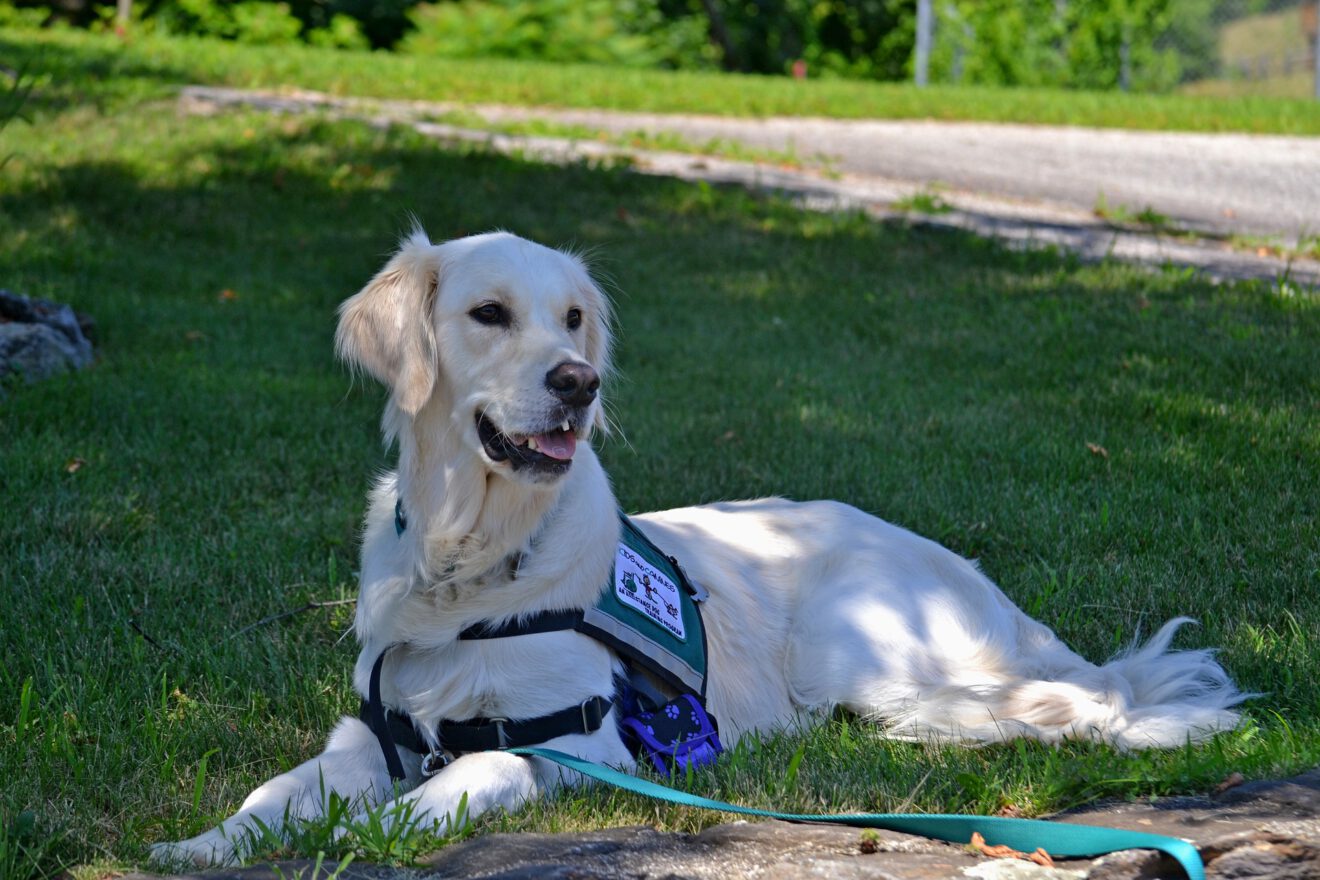With 12 years in the classroom, I see my students face more daily struggles and obstacles today than ever before. Poverty, homelessness, abuse and domestic violence, emotional and physical neglect and loss of or separation from a parent are merely a few of the traumatic events many of my students encounter daily. Adverse Childhood Experiences (ACEs) have a direct impact on the social and emotional health of students, as well as their physical health. Kaiser Permanente and the Center for Disease Control recently conducted the largest study to date exploring how these specific traumatic childhood events shape the future health of an individual. Evaluating over 17,000 participants, the study found a direct correlation between the number of ACEs a person reported and an increased risk of alcoholism, high-risk behaviors, attempted suicide and depression.
Witnessing how these struggles were affecting my students in the classroom, I realized I needed to adjust my instructional practice. As I researched trauma-informed Care, I discovered I needed to address my students’ basic necessities — safety and security — before I could engage them academically. I also realized my role as a teacher is to help these students gain the resiliency skills they need to combat the trauma they have already experienced and the life skills to become successful adults. One of the most critical pieces in this equation turned out to be Ziggy, my two-year-old, half-German Shepherd and half-Golden Retriever rescue puppy.
I began searching for a therapy dog for my school three years ago. The district supported my efforts, even though I was the first teacher in our district to bring a therapy dog into a school. My superintendent and principal recognized the benefits a therapy dog could offer students and the role he could play in creating a trauma-informed classroom, which is also a new and developing practice in our district.
I took Ziggy home when he was just eight weeks old, and he began “puppy school” the same week. After six months of training several times a week, Ziggy passed the requirements for the Therapy Dog certification test. After his first birthday, Ziggy qualified to be nationally certified. He started coming to school in December 2015 and has been in class with us full time since February 2016.
Studies show that petting a dog physically lowers a person’s level of cortisol, a stress hormone, and increases levels of oxytocin, which creates the feelings of bonding and emotional stability my students are seeking. Ziggy can calm a student’s fears and anxieties unlike any human I know. He senses when students need to play with him to relieve their tension or stress, and he senses when they need to quietly sit, lie down next to him or read with him.
Ziggy has also been extremely helpful in teaching life skills. My students have a class job weekly, with the most highly coveted being the veterinarian and the two veterinary technicians. The veterinarian is responsible for the daily care of Ziggy, providing his food and water and brushing and exercising him. The veterinarian also “trains” a veterinary technician to do the job for the next week. In the meantime, one veterinary technician is responsible for vacuuming the carpet, and the other for mopping the floor. Taking responsibility for the care of an animal helps my students develop a strong sense of pride for being “in charge” of Ziggy and his needs. This has helped them feel better about their work and increased their willingness to take on new academic challenges.
Students also develop empathy and learn to self-regulate their behavior based on Ziggy’s reactions. They know he is more likely to visit them when they are quiet and calm than when they are loud and aggressive. They learn which behaviors scare Ziggy (loud noises, throwing things, pulling his tail), and which actions he appreciates (gently petting him, scratching behind his ears and brushing his coat).
The most impactful gift Ziggy brings my students is unconditional love. Day in and day out, Ziggy provides them with warmth and support. In response, my students have become more open to the idea people could love and care for them similarly. I saw this transformation in a student who would come in to read with Ziggy, but was initially unwilling to speak much with me. Over time, his trust in Ziggy, and then in me as “Ziggy’s Mommy,” helped him open up about problems at home that were impacting his ability to think clearly and work at school. We created a safety plan for times he was feeling overwhelmed at school, and over time he felt safer at school and began to learn and function in a classroom much more successfully. The love Ziggy provides has helped not only this student — but all my trauma-affected students — develop the courage to trust me as their teacher.
Sarah McGlynn, a National Board Certified Teacher, has been teaching general and special education for 12 years. She serves as a Mentor Teacher and is passionate about researching and developing a Trauma-Informed and Sensitive classroom to best meet her students’ emotional and academic needs. Sarah serves as a State Coach for the National Education Association’s Teacher Leadership Institute, coordinated with the Center for Teaching Quality and National Board for Professional Teaching Standards. Locally, she has worked with the Davenport Education Association on initiatives including a Teacher Re-Store and a citywide food pantry.
___________________________________
Like this article? Sign up for ASCD SmartBrief to get news like this in your inbox, or check out all of SmartBrief’s education newsletters, covering career and technical education, educational leadership, math education and more.
